Your Skottsberg pan is an excellent conductor of heat. It is therefore ideally suited to cooking on an induction hob. But also, of course, on a gas cooker. You can even confidently put the pan in the oven, use it on the bbq or even on an open fire.
In this article, we take a look at various heat sources and investigate which pans suit which.
Gas hob
When cooking on a gas hob, a flame delivers heat directly to the base of the pan. The flame can easily be adjusted easily, so the temperature can be controlled accurately.
Advantages: Rapid temperature control, instant heat control, good with different types of pans.
Drawbacks: Less energy-efficient than some other sources, may be sensitive to windy conditions.
Which pans are suitable for gas hobs?
Practically all pans are suitable for the gas hobs. Stainless steel pans, cast iron pans with or without enamel coating, carbon steel pans, aluminium pans and copper pans. All Skottsberg pans are suitable for cooking on gas hobs.
Induction hob
Induction hobs produce a magnetic field which generates heat in the pan itself. Only pans with magnetic bases, such as cast iron, can be heated, making cooking efficient and fast.
Advantages: Rapid heating, efficient use of energy, precise temperature control.
Drawbacks: Requires specific pans with magnetic bases, high up-front cost for pans suitable for induction hobs.
Which pans are suitable for induction hobs?
All Skottsberg pans. Actually, any pan with a magnetic base is suitable for induction hobs. This includes cast iron, carbon steel and stainless steel pans.
Electric hob
Electric hobs generate heat by passing an electric current through resistive wires. Heat is distributed evenly over the cooking surface, so pans are heated consistently.
Advantages: Easy to clean, heat up evenly, safer with no open flame.
Drawbacks: Slower temperature control, less direct control, and some pans may not work depending on hob type.
Which pans are suitable for electric hobs?
Practically all pans are suitable for cooking on electric hobs. However, the pans need a flat, magnetic base. These include stainless steel, carbon steel and cast iron pans. All Skottsberg pans are suitable for electric hobs.
Barbecue
Cooking on a barbecue involves using charcoal, gas or electricity to generate heat. Food is placed on a rack over the heat source, with radiating heat imparting a distinctive, smoky flavour. The temperature is controlled by the flow of air, and the distance between the food and the heat source.
Advantages: Cooking on a barbecue imparts a unique, smoky flavour to food. Versatile because barbecues are suitable for a variety of food. Adjustable temperature.
Drawbacks: Barbecues tend to be bulky and less portable. Barbecues require charcoal, gas or electricity for fuel. Cleaning a barbecue can sometimes be time-consuming.
Which pans are suitable for the barbecue?
Barbecues use grills and grill trays for direct heat. Cast iron pans are traditionally best suited for using on the barbecue. Cast iron pans can in fact get very hot and retain heat well. Carbon steel pans are also suitable for use on the barbecue. At Skottsberg, this means the Cast Iron Cookware and the Carbon Steel Cookware pans.
Open fire/campfire
Cooking over a fire involves placing pots, pans or grills over open flames. Wood, charcoal or other combustible materials are used to provide the heat. Temperature control is more limited than with other sources, and cooking often requires being creative, such as moving the pan to different parts of the fire for varying temperatures.
Advantages: Authentic experience: cooking over a campfire evokes an authentic, cosy atmosphere. You just need combustible material such as wood for a campfire. The temperature can be controlled to some extent by adjusting the position of the pan relative to the fire.
Drawbacks: It is more difficult to maintain accurate temperature control. Ash and soot from the fire can contaminate cookware and food. Cooking over a campfire can be affected by weather conditions including wind and rain.
Which pans are suitable for cooking directly over a fire?
Cooking over an open fire requires sturdy pans which can withstand heat well. Cast iron pots and pans are excellent for cooking over a campfire because of their durability and heat retention. It is important to avoid pans with handles which are not heat-resistant. Besides cast iron pans, carbon steel pans are also suitable for cooking over an open fire.
Yes. Definitely. Your Skottsberg pan and induction hobs are close friends. But we do have some advice. Always lift your pan when moving it. So don't slide it. And wow: how quickly your Skottsberg pan gets hot. Therefore, use a low cooking setting; that pan will be hot before you've had a chance to run three laps around your house. Even with traditional cast iron, a low cooking setting is best, even though this pan does not get hot as quickly.
What good questions you ask! Yes, your Skottsberg can just go in the oven. We didn't screw any melting parts to it. So you can fry your dish on the cooker first for a while and then put it in the oven to cook afterwards. Tasty!
Do you love barbecuing and want to make a dish that can't be put directly on the grill? With a Skottsberg, you're in for a treat. Because our pans are good heat conductors and retain heat, they are perfect for the barbecue. So get your pan out of the kitchen, fire up the barbecue and enjoy delicious meals outdoors.
Liberate the cooking beast in you and go wild with frying, roasting and stewing on an open fire. Cast iron pans are a particular favourite for primitive outdoor cooking. Make the tastiest dishes, from stews to fried fish. With the rugged look of Skottsberg pans, you have everything you need to feel what it's like to go back to basics.

















